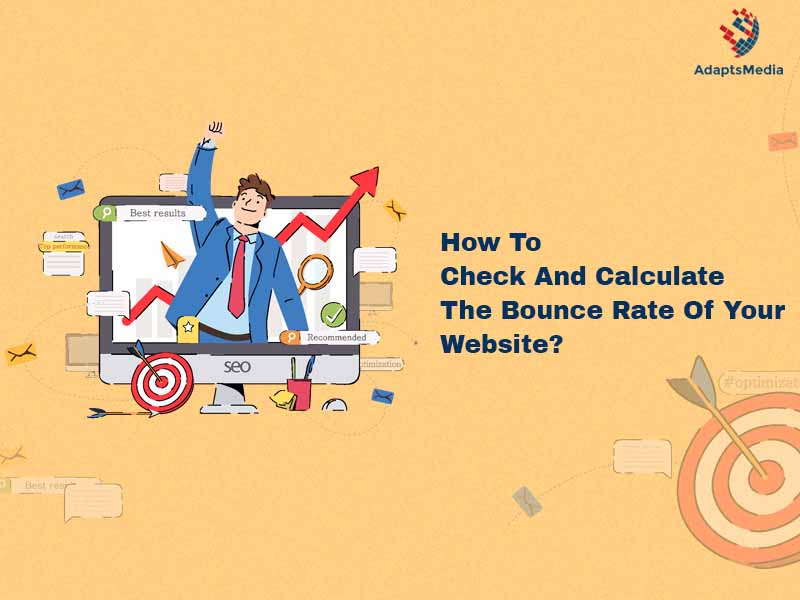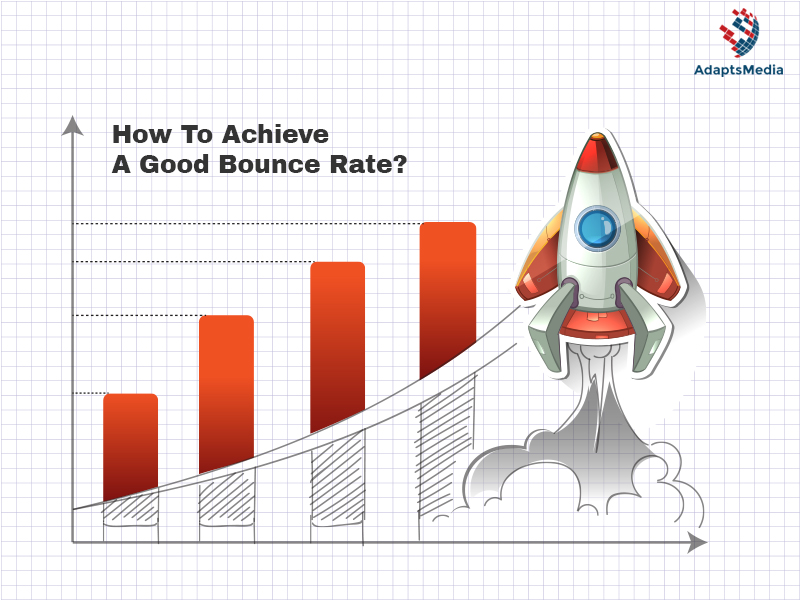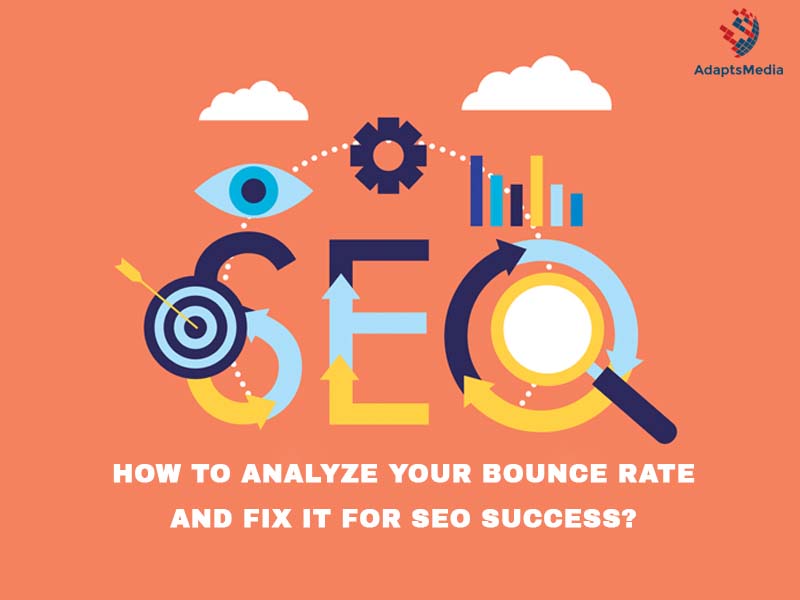Do you post regular content but still don’t have a high dwelling time? Do your visitors bounce back in a few seconds? Well, then that’s a clear sign of a high bounce rate!
Bounce rate in digital marketing is the standard of measuring how much an audience is engaging with a particular website. In simple words, if the viewers come to your website and leave only after visiting one webpage, your bounce rate is high. On the other hand, if they keep navigating from one page to another, that means they are engaging with your website. In this case, your bounce rate is low. But which one should you strive for?
Contrary to popular belief, high is not always good, especially in the case of bounce rate. Imagine a huge number of people visiting your website want to check out one new product or maybe a blog post, but they leave immediately. Though you have a huge audience, the high bounce rate makes your business vulnerable. So, your bounce rate must be as low as possible. Generally, a normal bounce rate looks like anything between the 50s and 70s, and anything beyond 70 is considered high. Website owners generally try to keep it below the 50s to ensure the best bounce rate.
What is the cause of this problem?
A high bounce rate can be a result of several problems. Here are some of the general issues that lead to a higher bounce rate.
- Slow loading page
When Google itself is working on providing the best and faster experience to its users, you can understand how much impact the slow loading speed will have on a website. Users today wouldn’t want to wait for several minutes for a single webpage to load on their screen. Thus, this is one of the most common causes of a higher bounce rate.
- Misleading Meta information
Meta Description and Meta Title play a significant role in gaining users’ interest. If, after visiting your site, they find the original content to be different than that of the Meta Title and Meta Description, they are sure to leave, raising your bounce rate.
- Un-optimized and irrelevant content
Content plays a crucial role in making and breaking your website’s impression on the viewers. If your content is not up to the mark or isn’t optimized correctly, there’s no reason your audience will spend time on your website.
- Bad UX experience
If a visitor is bombarded with unwanted ads, mailing subscription pop-ups, etc., it ruins the visitor’s experience. Instead of making the navigation easier, these make it more difficult for them to stay on your site for long, even if the content is attention-grabbing. Not only this, missing essential features like search options, proper tabs, etc., can also impact a user’s browsing experience. All these problems lead to a higher bounce rate of your website.
- Non-dynamic website
A website must be dynamic and responsive to meet the present-day needs of visitors. As users spend most of their time on their phones, if a website is not mobile-friendly, chances are they are not going to engage with it. Often websites do not follow this rule and thus have higher bounce rates. And with the upcoming developments from Google, it is evident that the leading search engine is putting more emphasis on smartphones with passing time. So, it is assumed that more websites will face the problem of higher bounce rates if they don’t meet the accessibility criteria.
How to check and calculate the bounce rate of your website?

Though technicalities like these seem to be a daunting task for many, in reality, it is not that difficult to check your website’s bounce rate with Google Analytics. Not only that, with Google Analytics, you can also look for other information related to your website’s performance. All you need to do is get familiar with the terms and their purposes before you jump into the technical part.
Follow these steps to check your website’s bounce rate without any problem:
- Sign in to the Google Analytics page from your website.
- From there, select the Audience Overview tab. Here, you can choose if you want to know the overall bounce rate of your website or target single pages.
- If you want to see the overall report, click on the bounce rate metric, and a graph will show the rate for s particular period. The time frame can be changed according to your need. On the other hand, if it’s a single page you want to assess, you need to click on the ‘Behaviour’ and then select ‘All pages,’ and all the web pages will be shown.
Usually, the bounce rate is calculated by dividing the single page session by the number of total sessions.
What is a good bounce rate?
While different types of websites have different standards for a good bounce rate, according to a survey by Rocketfuel, these are the general standards in the current times:
- 25% and lower means your website needs repair as something might be broken.
- 26%-40% means your website is in excellent condition.
- 41%-55% means your website is in average condition.
- 56-70% is not so great, but it is a good rate for some websites with affiliate pages.
- More than 70% means your website requires repair and maintenance.
How to achieve a good bounce rate?

A high bounce rate has a significant negative impact on the overall performance of your website. But with proper strategy, you can reduce its rate for better SEO performance. Here are some of the ways to do it:
- Improving the readability of the content is the first step you should take to lower the bounce rate. Even if your writing is the best, lacking a proper format will make it difficult for the readers to stay engaged. So, focus on ensuring the written content has proper formatting.
- As mentioned above, pop-ups are a debatable topic among the users and the marketing team. While publishing more ads can be the marketing team’s goal, overdoing it will rather be a problem for your website as it would disrupt your audience’s attention.
- Call-to-actions are important. A catchy call to action can do wonders for your website. It increases your audience’s dwell time and influences them to engage with you in many ways.
- Knowing which keywords to use and which to discard is a delicate art. When used correctly, keywords can bring traffic to your website and increase engagement. So, always look for keywords that match the content of your website and have high-performance rates.
Parting Words
We know how much effort goes into making and sustaining a website, so it feels disappointing when it doesn’t manage to have a low bounce rate only because of mistakes you didn’t even know you were committing. We hope this article gave you a clearer idea of how bounce rate works and how you can achieve the desired rates for your website and ensure SEO success. Best of luck!
Don’t miss out on the opportunity to gain a competitive edge. Contact our team for expert assistance.

